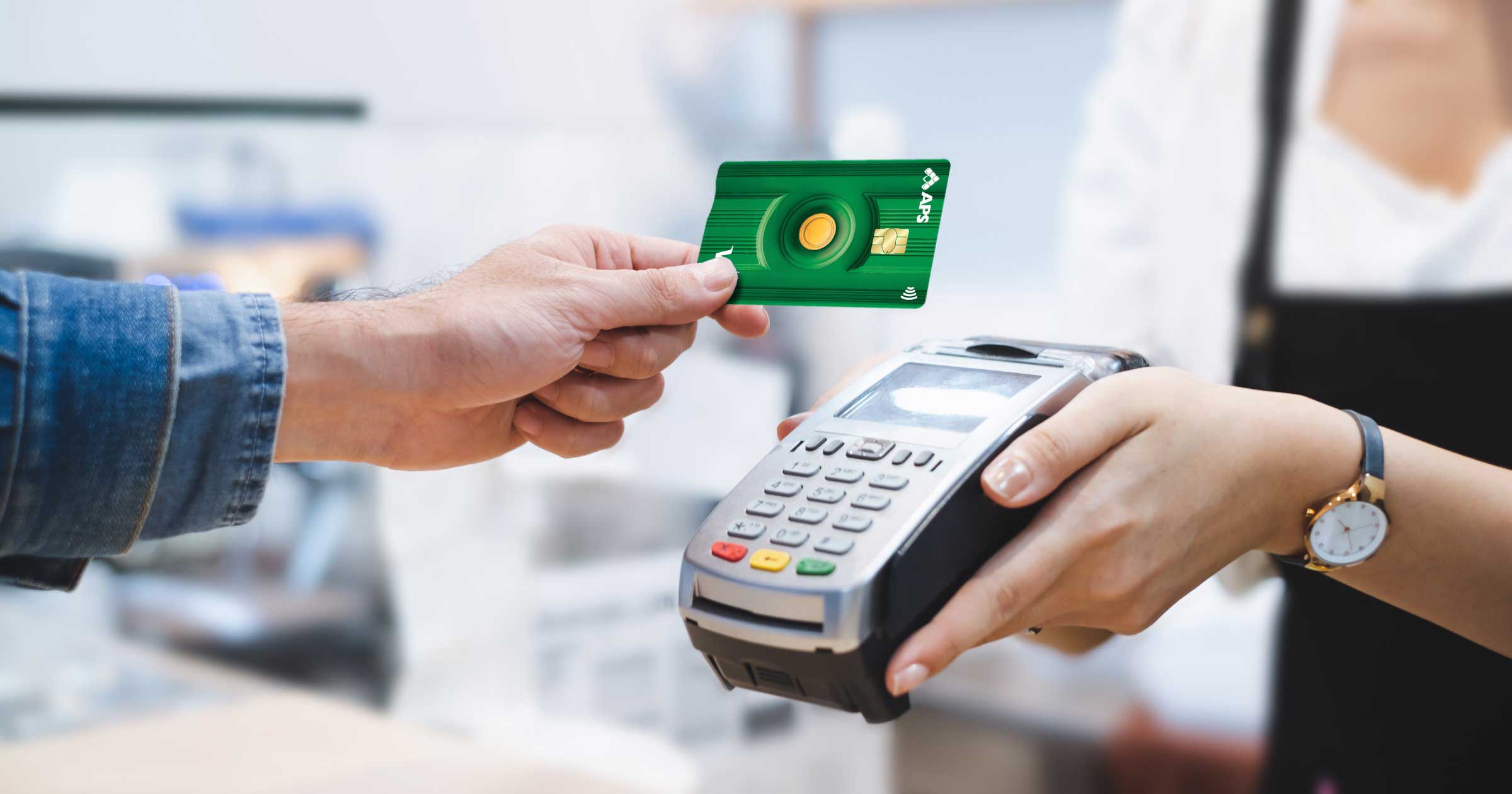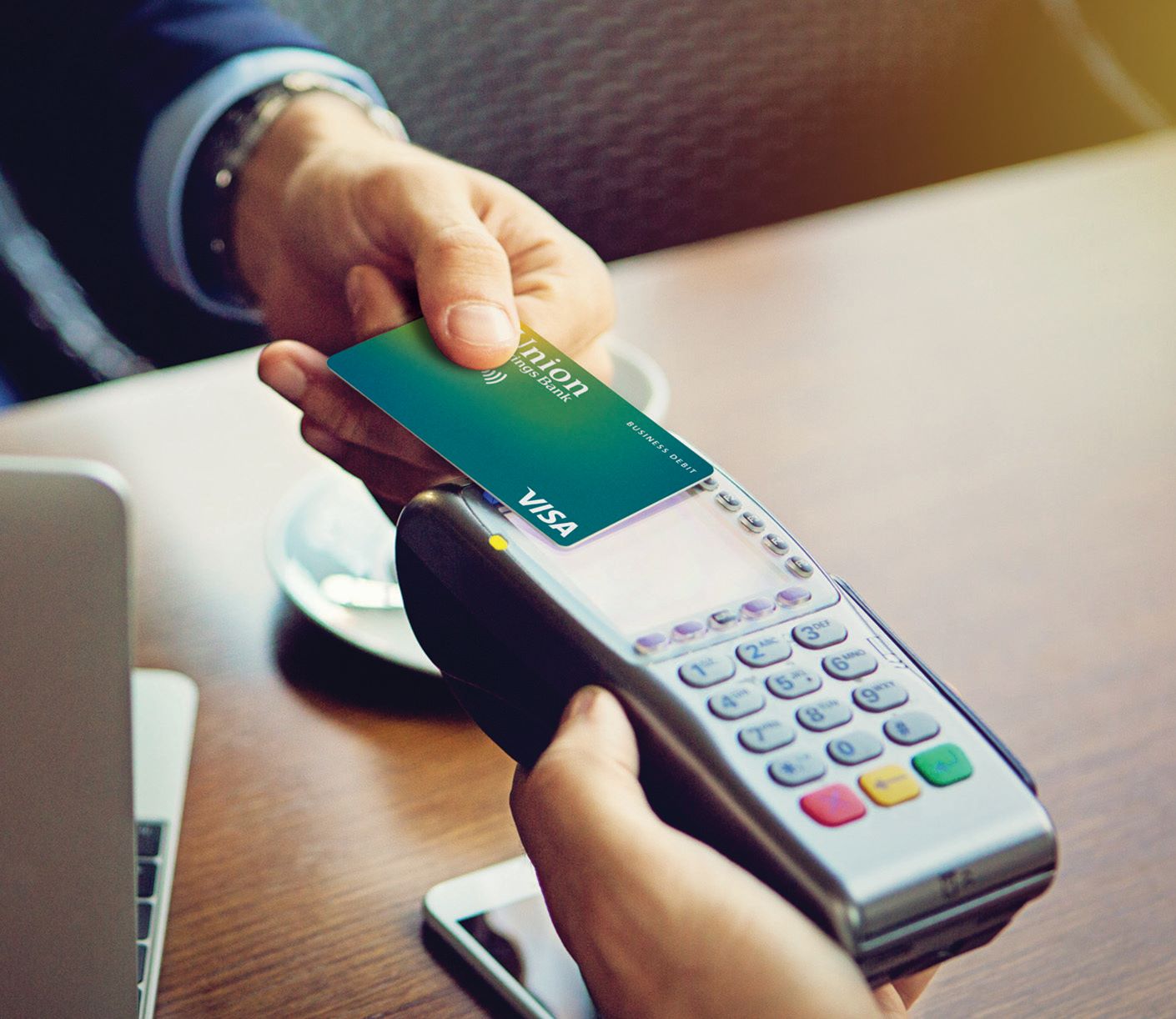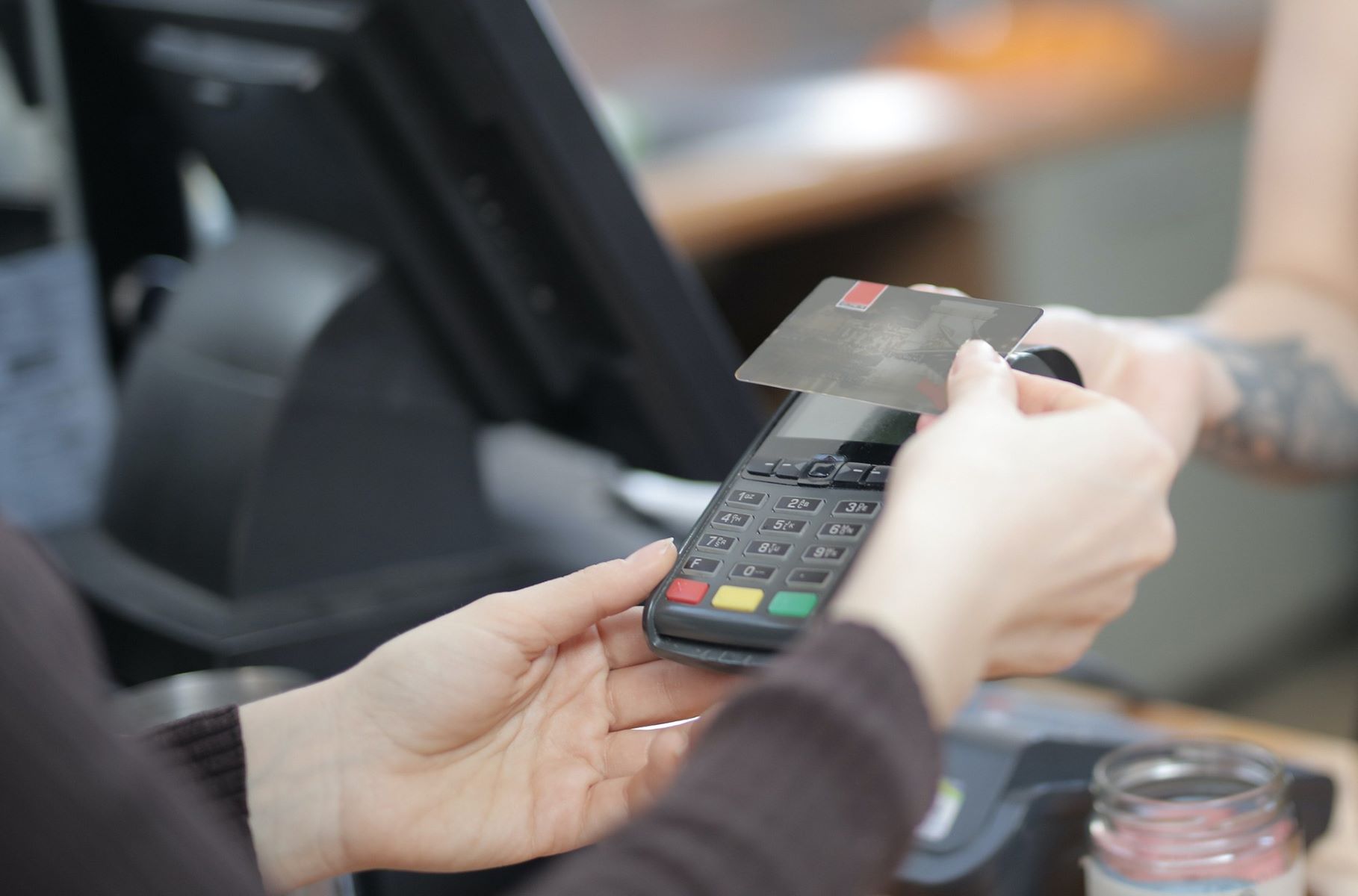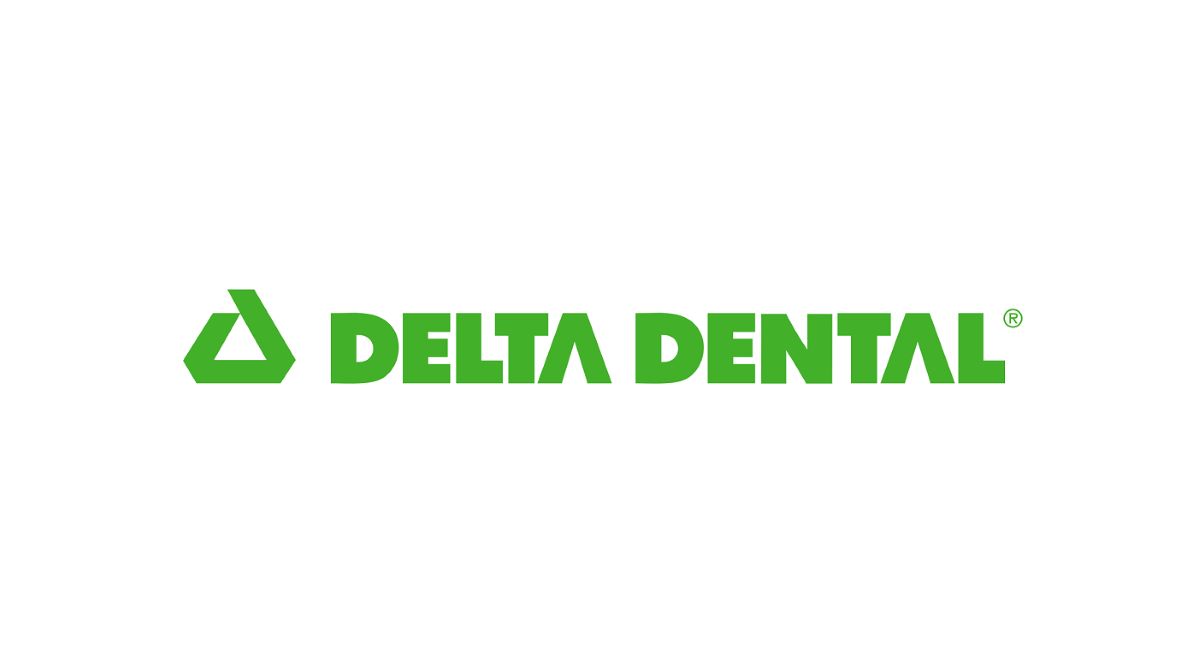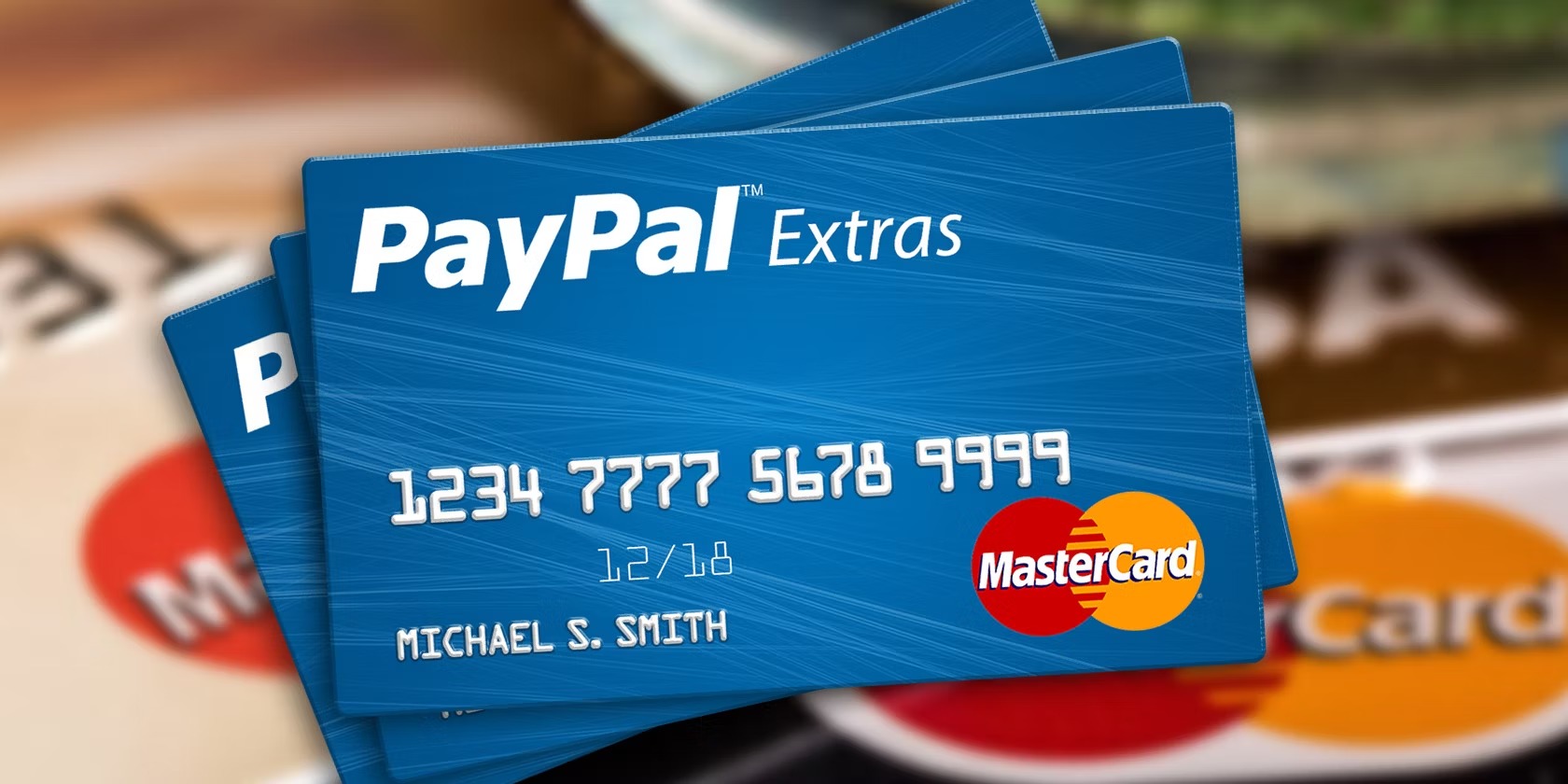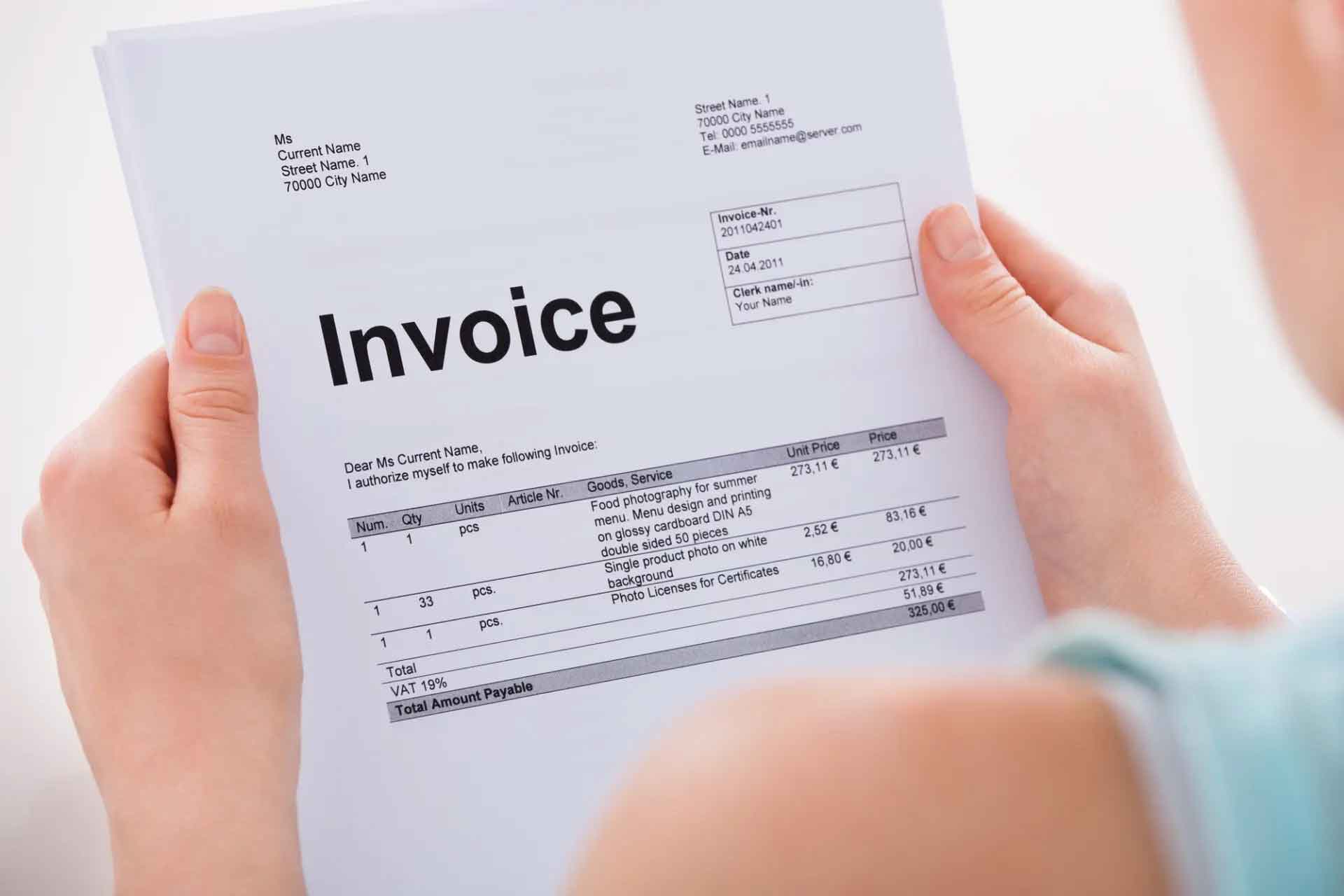

Finance
How To Pay An Invoice With A Credit Card
Published: October 25, 2023
Learn how to conveniently pay your invoice with a credit card and manage your finances efficiently.
(Many of the links in this article redirect to a specific reviewed product. Your purchase of these products through affiliate links helps to generate commission for LiveWell, at no extra cost. Learn more)
Table of Contents
Introduction
In today’s digital age, businesses have increasingly adopted electronic payment methods for convenience and efficiency. One such method is paying invoices with a credit card. This option not only offers a quick and secure way to settle outstanding bills, but it also provides several benefits to both businesses and individuals.
Traditionally, invoices are paid through more traditional means, such as checks or bank transfers. However, as technology advances and credit card usage becomes more widespread, the option to pay with a credit card has become increasingly popular.
In this article, we will explore the benefits of paying an invoice with a credit card, the considerations that should be taken into account, as well as the step-by-step process to complete a credit card payment. We will also highlight some alternative payment methods that might be worth considering.
Before we delve into the details, it is important to note that paying an invoice with a credit card may not be applicable to all situations and may vary depending on factors such as the merchant’s acceptance of credit cards and any additional fees associated with credit card payments.
Now, let’s explore the advantages of using a credit card to pay invoices and why it might be a beneficial option for businesses and individuals alike.
Benefits of Paying an Invoice with a Credit Card
There are several advantages to paying an invoice with a credit card that make it an attractive option for businesses and individuals. Let’s take a closer look at some of these benefits:
- Rewards and Cashback: Many credit cards offer rewards programs and cashback incentives. By paying your invoices with a credit card, you can unlock rewards such as airline miles, hotel points, or even cashback on your purchases. This can provide significant savings or future benefits, especially if you have high-value invoices or recurring payments.
- Convenience and Speed: Credit card payments are quick and easy. With just a few clicks or swipes, you can settle your invoices instantly. This is particularly advantageous for time-sensitive payments, ensuring that you don’t miss any deadlines. Additionally, credit cards offer the flexibility to set up automatic payments, reducing the hassle of manual invoice processing each time.
- Enhanced Security: Credit cards provide an extra layer of security when making payments. They offer fraud protection, allowing for the resolution of any unauthorized transactions or disputes. Additionally, using a credit card can reduce the risk of exposing your bank account information, as you only need to provide your credit card details rather than sensitive banking details.
- Improved Cash Flow and Financing Options: Paying with a credit card enables businesses to better manage their cash flow. Instead of immediately depleting their funds, they can take advantage of the credit card’s grace period, which typically offers an interest-free period of up to 30 days. This allows businesses to hold onto their cash and earn interest for a longer period before making the payment.
- Easy Expense Tracking: Credit card statements provide a detailed breakdown of transactions, making it simpler to track and reconcile expenses. This can be particularly beneficial for businesses that need to keep accurate records for accounting and financial reporting purposes. Additionally, payment platforms and financial management tools often integrate with credit card statements, making it even easier to categorize and analyze expenses.
These advantages demonstrate why paying invoices with a credit card can be a smart financial move. However, before proceeding, it is important to consider a few key factors to ensure that this payment method aligns with your specific needs and circumstances. Let’s explore these considerations in the next section.
Considerations before Paying an Invoice with a Credit Card
While the benefits of paying an invoice with a credit card are clear, it is essential to keep certain considerations in mind before proceeding. Here are a few factors to ponder before opting for this payment method:
- Merchant Acceptance: Not all merchants accept credit card payments for invoices. Before initiating a credit card payment, ensure that the vendor or service provider accepts this form of payment. This information can usually be found on their website or by contacting their customer support.
- Processing Fees: Some merchants may charge processing fees for credit card payments. These fees can vary depending on the merchant, transaction amount, or specific credit card used. It’s essential to consider whether the potential rewards or benefits outweigh these additional costs.
- Interest Rates: If you are unable to pay off your credit card balance in full each month, interest charges may apply. It is crucial to understand the interest rates associated with your credit card and consider whether the potential rewards or benefits outweigh the cost of carrying a balance.
- Credit Limit: Verify that your credit card has a sufficient credit limit to cover the invoice amount. Exceeding your credit limit can result in penalties, additional fees, or declined payments. If necessary, consider requesting a credit limit increase or making partial payments if allowed by the vendor.
- Impact on Credit Score: Regularly utilizing a large percentage of your available credit limit can impact your credit score. Ensure that paying your invoice with a credit card will not significantly impact your credit utilization ratio or overall creditworthiness.
- Recurring Payments: If you have recurring invoices, ensure that you have a reliable method to track and manage those payments. Setting up automatic payments through your credit card can be convenient, but regularly reviewing statements and monitoring for any unauthorized charges is essential to avoid any surprises.
Considering these factors will help you make an informed decision when it comes to paying invoices with a credit card. Once you have assessed these considerations, it’s time to move on to the steps involved in successfully completing a credit card payment. We’ll explore this process in the next section.
Steps to Pay an Invoice with a Credit Card
When it comes to paying an invoice with a credit card, the process is usually straightforward. Follow these steps to ensure a smooth and successful credit card payment:
- Confirm Merchant Acceptance: Before proceeding, double-check that the merchant or service provider accepts credit card payments for invoices. This information can typically be found on their website or by contacting their customer support.
- Obtain Invoice Details: Retrieve the invoice provided by the merchant or service provider. Ensure that you have accurate and up-to-date information, such as the invoice number, payment due date, and the total amount due.
- Gather Credit Card Information: Ensure you have your credit card ready and accessible. Collect the necessary information, including the card number, expiration date, CVV code, and billing address associated with the card.
- Visit the Payment Portal: Access the merchant’s payment portal or website. Look for a specific section or option related to invoice payments or credit card payments.
- Enter Invoice Details: Input the required invoice details accurately, such as the invoice number and total amount due. Some payment portals may have additional fields to provide relevant information, such as a reference number or any notes for the payment.
- Enter Credit Card Information: Follow the prompts to enter your credit card details securely. Input the card number, expiration date, CVV code, and billing address as requested. Double-check the information for accuracy before proceeding.
- Review and Confirm: Carefully review the payment details, including the invoice amount, before confirming the transaction. Ensure that there are no errors or discrepancies in the information provided.
- Authenticate the Transaction: Depending on the merchant’s payment portal, you may need to complete an additional step for authentication, such as entering a one-time password sent to your registered mobile number or verifying your identity through biometrics.
- Receive Payment Confirmation: Once the payment is successfully processed, you should receive a payment confirmation or receipt. Save or print this document for your records.
- Monitor Your Credit Card Statement: Regularly review your credit card statement to ensure the payment has been accurately reflected. Check for any discrepancies or unauthorized charges and contact your credit card issuer promptly if necessary.
By following these steps, you can efficiently pay your invoice with a credit card. However, it’s important to note that credit card payments are not the only option available. Let’s explore some alternative payment methods in the next section.
Alternative Payment Methods to Consider
While paying an invoice with a credit card offers several benefits, it’s worth exploring alternative payment methods that may better suit your needs or circumstances. Here are a few options to consider:
- Bank Transfers: One of the most commonly used payment methods, bank transfers allow you to transfer funds directly from your bank account to the recipient’s account. This method is typically free or comes with minimal fees, making it a cost-effective option for paying invoices.
- ACH Payments: Automated Clearing House (ACH) payments allow for electronic funds transfers between bank accounts within the United States. ACH payments are secure, cost-effective, and offer the convenience of recurring payments for invoices that occur on a regular basis.
- Online Payment Platforms: Online payment platforms, such as PayPal or Stripe, provide a convenient and secure way to make payments. These platforms often offer multiple payment methods, including credit cards, bank transfers, and digital wallets. They may also provide additional features like invoicing, dispute resolution, and buyer/seller protections.
- Mobile Payment Apps: Mobile payment apps, such as Apple Pay or Google Pay, enable quick and easy payments through your smartphone. These apps utilize digital wallets linked to your credit and debit cards, allowing for contactless payments in-person or online.
- Prepaid Debit Cards: Prepaid debit cards can be a viable alternative if you prefer not to use a credit card. These cards are loaded with a specific amount of money, which can be used to make payments. They offer convenience and security while avoiding the risk of overspending or accumulating debt.
- Cryptocurrency: For tech-savvy individuals, cryptocurrencies like Bitcoin or Ethereum offer a decentralized and secure payment option. However, it is important to note that acceptance of cryptocurrency payments may be limited and additional steps, such as converting the cryptocurrency to fiat currency, may be required.
Each of these alternative payment methods has its own set of advantages and considerations. It is important to evaluate which option aligns best with your preferences, the vendor’s acceptance, and any associated fees or requirements.
Before concluding, let’s summarize the key points discussed throughout this article.
Conclusion
Paying invoices with a credit card offers numerous benefits, including rewards, convenience, enhanced security, improved cash flow, and easy expense tracking. However, before deciding to use this payment method, it’s essential to consider factors such as merchant acceptance, processing fees, interest rates, credit limits, and the impact on your credit score.
To pay an invoice with a credit card, follow the simple steps of confirming merchant acceptance, gathering invoice details, entering credit card information, reviewing and confirming the transaction, and monitoring your credit card statement for accuracy.
While credit cards provide a reliable and widely accepted payment option, it’s worth exploring alternative methods such as bank transfers, ACH payments, online payment platforms, mobile payment apps, prepaid debit cards, or even cryptocurrencies. Each option comes with its own advantages and considerations, so consider your specific needs, the vendor’s acceptance, and any associated fees before choosing the most suitable payment method.
By carefully evaluating the benefits, considerations, and alternatives, you can make informed decisions when paying invoices and ensure the most efficient and cost-effective approach for your business or personal finances.
Remember to always prioritize security and accuracy when engaging in financial transactions and stay informed about different payment methods to adapt to evolving technological advancements and customer preferences.
Whether you choose to pay an invoice with a credit card or explore other payment options, the key is to find a method that provides convenience, security, and aligns with your specific needs and preferences.

